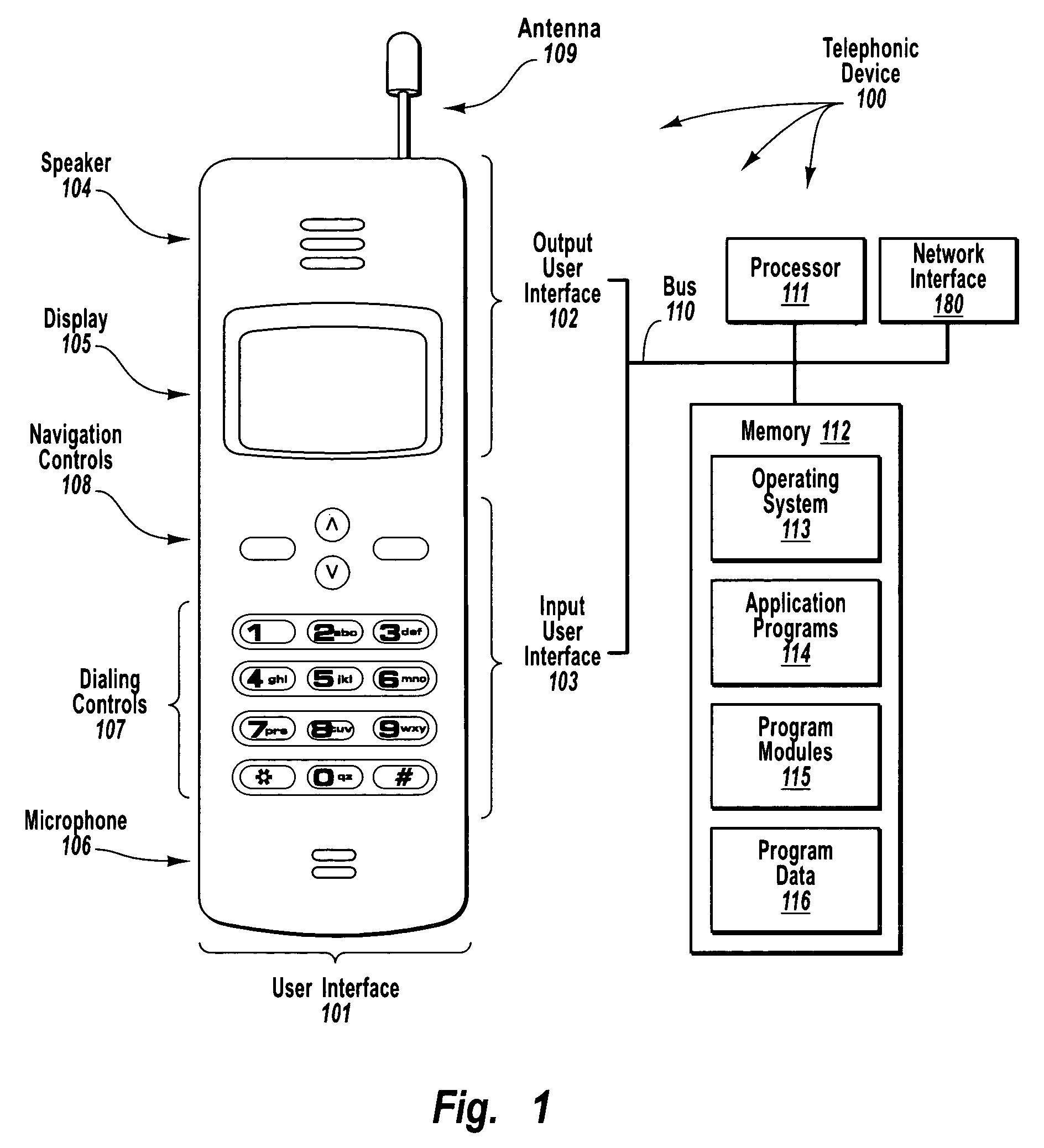However, the
accessibility of public communication links provides a malicious user with an avenue to intercept and alter an
electronic mail message as the
electronic mail message is transferred between computer systems.
In some cases, such as, for example, when transferring news items or other
public information, the risk may be tolerable since this type of data is already public and verifiable via other mechanisms.
However, in a large number of other cases, such as, for example, when sending financial or sensitive personal information, the risk of unauthorized alteration of an electronic mail message may be unacceptable.
Further, there is always some risk of a malicious user impersonating (e.g., by spoofing
a domain name) a sending entity to make an electronic mail message appear as if it were sent from the sending entity (when in fact the malicious user sent the electronic mail message).
Although keys of a public / private key pair are mathematically related, it is computationally infeasible to derive a private key from a corresponding public key.
In networks with many-to-many architectures, such as, for example,
the Internet, where a significant number of transactions can occur through electronic mail,
dissemination of this reliable information can be problematic.
Further, before expiration of a certificate, it may be that a corresponding private key is compromised or that a
certificate authority decides a corresponding entity can no longer be trusted.
Unfortunately, based solely on information contained in a non-expired certificate, a receiving entity has no way to know if the
trustworthiness of the non-expired certificate has been compromised.
Further, when a certificate issued from an intermediate
certificate authority to an issuing certificate authority is compromised; all the certificates issued by the issuing certificate authority are also considered compromised.
However, since new CRLs are published at specified time intervals (as opposed to continuous updates), there is always some chance that a revoked certificate is used after it has been revoked but before the
revocation has been published in a CRL.
When the specified time interval is large and / or a certificate authority manages a significant number of certificates, the chance of a revoked certificate being used before publication in a CRL increases.
Further, even if a certificate authority were to publish a new CRL at the precise time each certificate is revoked, the certificate authority may have no way to control the frequency with which computer systems that use the CRL are updated.
Thus, frequently publishing a new CRL can consume a significant amount of computer system and bandwidth resources at a certificate authority.
Further, checking a CRL can consume substantial computer system and bandwidth resources of a computer system attempting to validate a
digital signature.
When a CRL is relatively large, the computer system can spend a significant amount of time and resources accessing and scanning a CRL.
However, even with smaller
delta CRLs, the size of CRLs essentially prevents constrained resource devices and devices that operate in low bandwidth environments from verifying digital signatures.
For example, a
mobile phone or
pager may altogether lack the resources needed for downloading and / or a scanning a 7 MB CRL.
When an organization includes a number of computer systems, configuration of validation modules and protocols can consume a considerable amount of time.
Further, many public computer systems that provide Web based access to electronic mail, such as, for example, at public kiosks, may not include appropriate modules and protocols for validating digital signatures.
Even when a public computer system does include appropriate modules and protocols, the public computer system may trust a set of incomplete root certificates or may
trust certificate authorities that are otherwise unacceptable to an organization.
Accordingly, a user accessing electronic mail through a public computer system may have no way to reliably validate a
digital signature.
 Login to View More
Login to View More  Login to View More
Login to View More 


